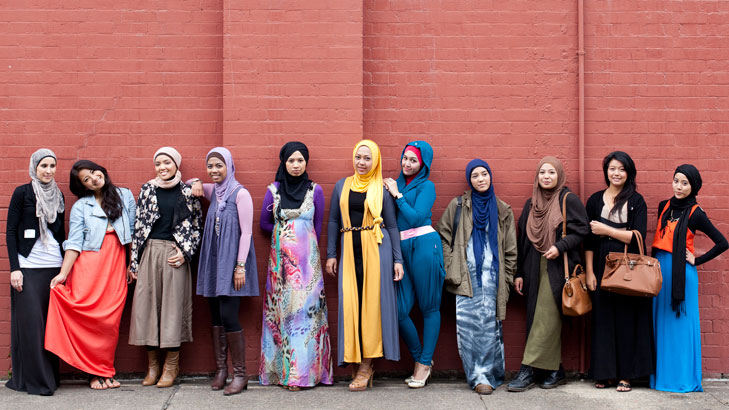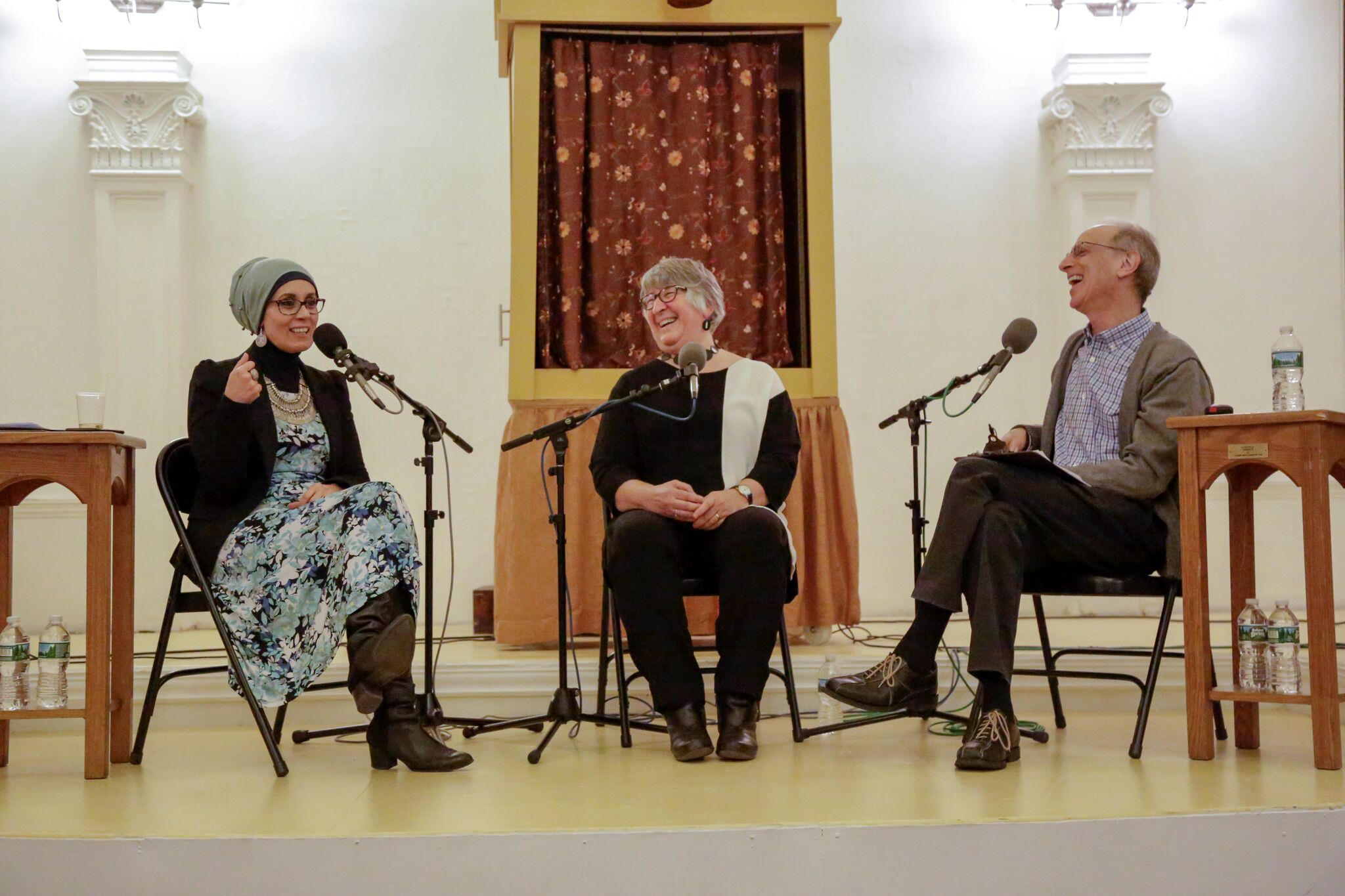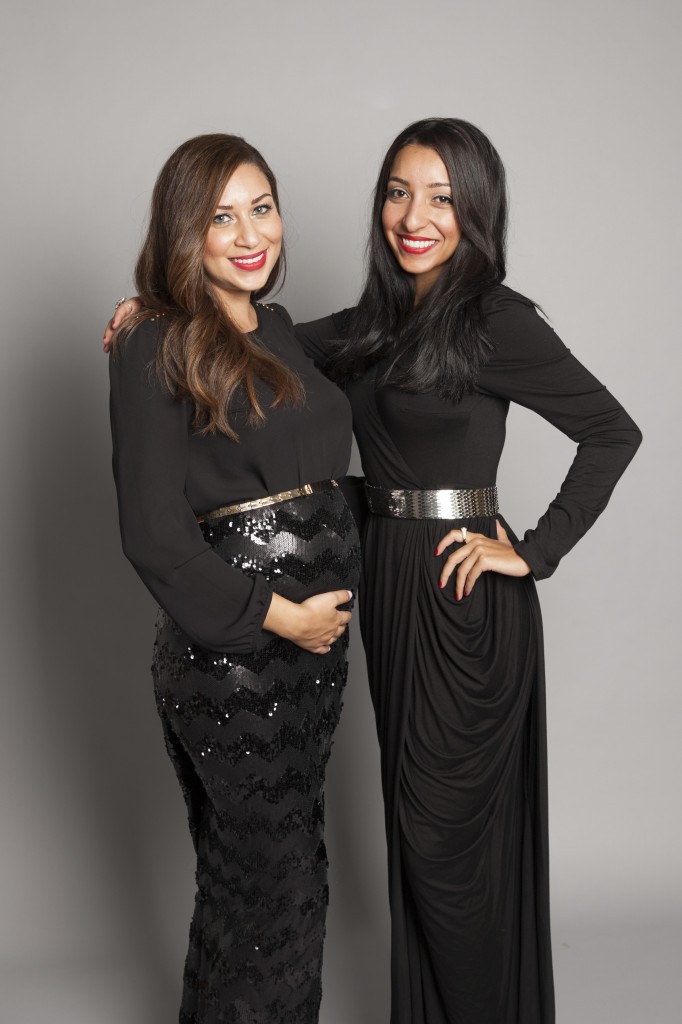Reading classical texts on hadith (the words and deeds of the Prophet Muhammad), he kept running across women’s names as authorities. He decided to do a biographical dictionary—a well-established genre in Muslim scholarly culture—that included all the women experts of hadith.
“A short book, then?” I teased.
“That’s what I thought, too,” said Akram. “I was expecting to find maybe twenty or thirty women. I was planning to publish a pamphlet. But it seems there are more.”
“Really?” I said. “Well, like how many more?”
“Thousands.”
“Thousands?”
Akram’s work, al-Muhaddithat: The Women Scholars in Islam, stands as a riposte to the notion, peddled from Kabul to Mecca, that Islamic knowledge is men’s work and always has been. “I do not know of another religious tradition in which women were so central, so present, so active in its formative history,” Akram wrote.
Women scholars taught judges and imams, issued fatwas, and traveled to distant cities. Some made lecture tours across the Middle East.
At first, I assumed that these women’s names had been forgotten in much the same way that Western women’s lives had been ignored. For most of Western civilization, men wrote history, and they wrote what they knew. Until feminist historians began unearthing women’s achievements after the 1960s, women’s contributions were left unsung.
In the context of Islamic culture, the erasure of women was rather more complex. “Muslim society prizes female modesty,” Akram explained one day on the phone. “Traditionally, many Muslim families didn’t want the names of their wives or their daughters published.”
Keeping women’s names out of classroom, madrasa, or mosque records was just a broad interpretation of the concept of hijab. The term, commonly used to refer to women’s head coverings, in fact referred more generally to the modesty required by both men and women. In an effort to keep women shielded from public view, the lives and works of learned women were simply left unrecorded.
…
If there was ever proof that a pious Muslim woman need not be a submissive wife and mother, it is the life of Aisha, the third of the Prophet’s eleven wives. She has divided opinions ever since the seventh century, among both Muslims and non-Muslims.
A top Islamic scholar, an inspiration to champions of women’s rights, a military commander riding on camelback, and a fatwa-issuing jurist, Aisha’s intellectual standing and religious authority were astonishing, by the standards of both our own time and hers.
Aisha is not the only wife of Muhammad whose life explodes notions of what constitutes a “traditional” Muslim woman. Khadija ran a caravan business in Mecca. A wealthy and successful trader, she was also a twice-widowed single mother, fifteen years Muhammad’s senior, and his boss.
Her marriage proposal to the future Prophet was forthright: “I like you because of our relationship, your high reputation among your people, your trustworthiness, your good character and truthfulness.”
Khadija emerges as an impressive presence, but it is Aisha who shimmers: her penchant for wearing safflower red, her jealousy of her co-wives. Here is her crisp account of a quarrel with Safiyya, a Jewish convert and the Prophet’s tenth wife: “I insulted her father, and she insulted mine.”
She was betrothed at six or seven. “I was playing on a seesaw and had become dishevelled,” she said. “I was taken and prepared and then brought in to him. He was shown my picture in silk.” The silken image appeared to the Prophet in a dream. The Angel Gabriel appeared holding the portrait, and said, “Marry her. She is your wife.”
The marriage was an extremely happy one. Muhammad’s love for Aisha was “like a firm knot in a rope,” he once told her, ever constant. Even today, she is known by the epithet “the Beloved of the Beloved of Allah.”
Read more.





